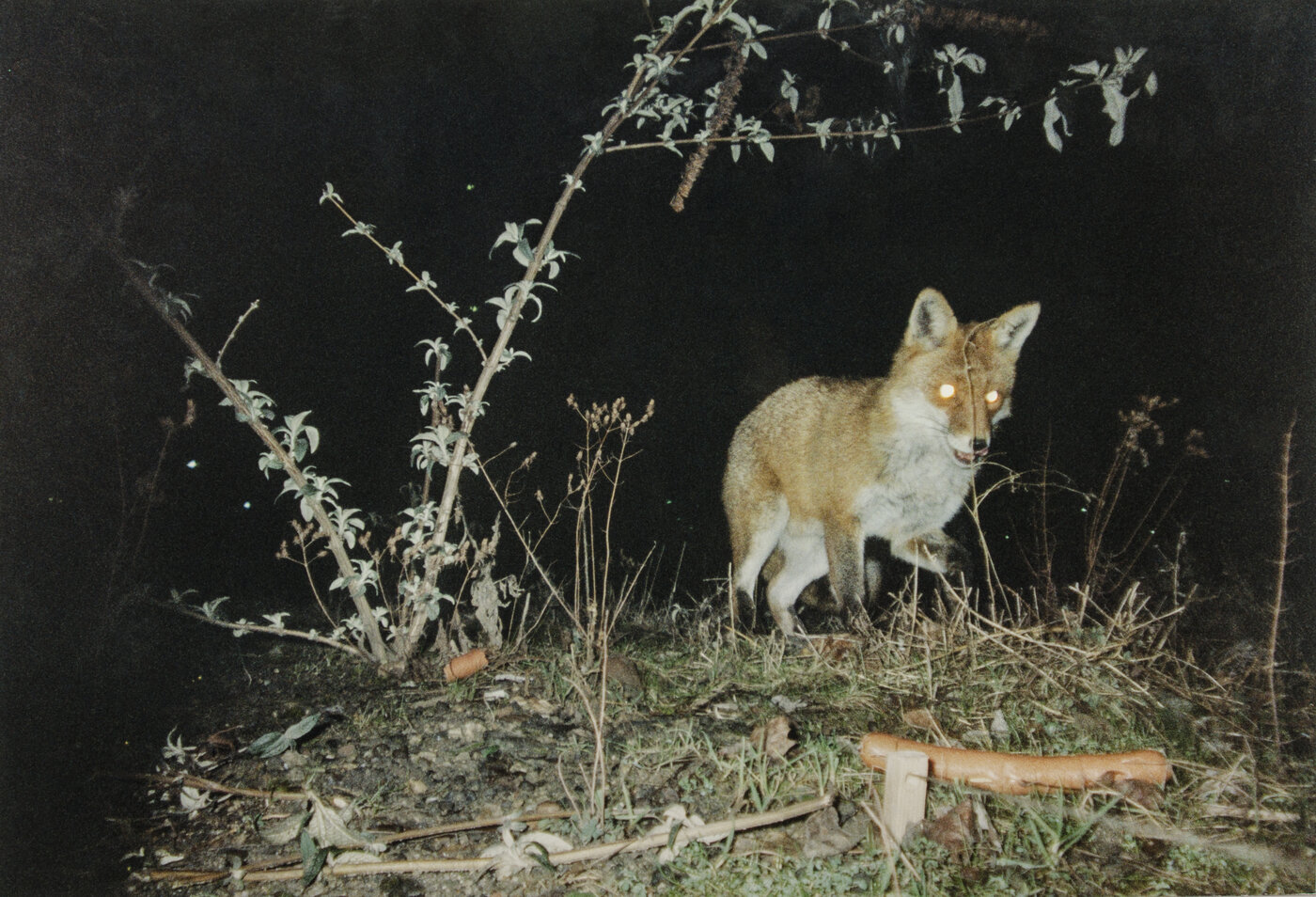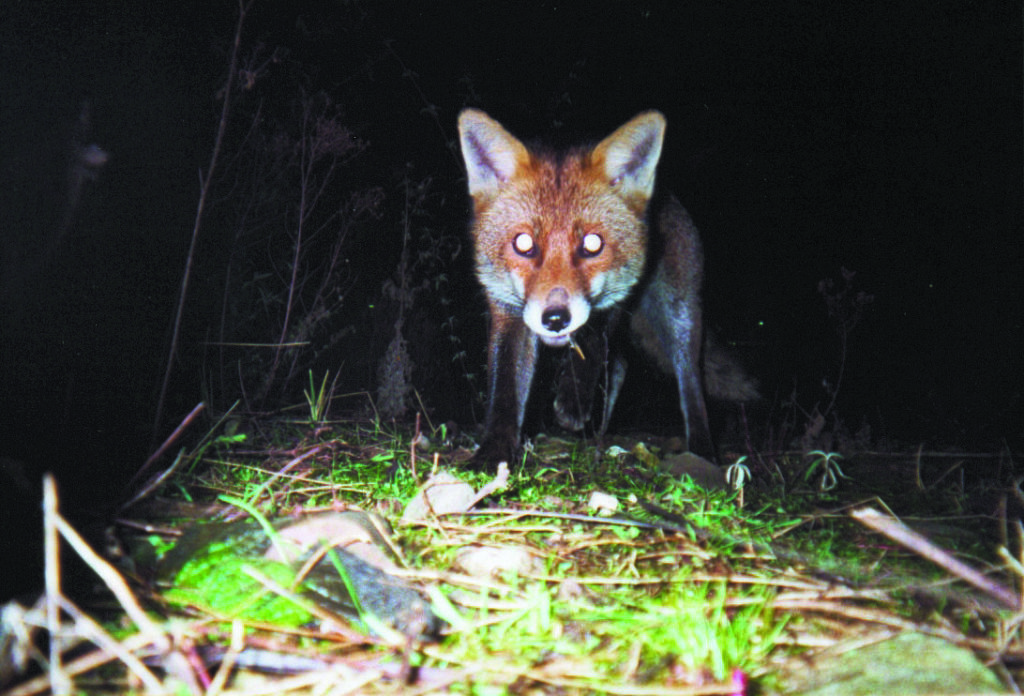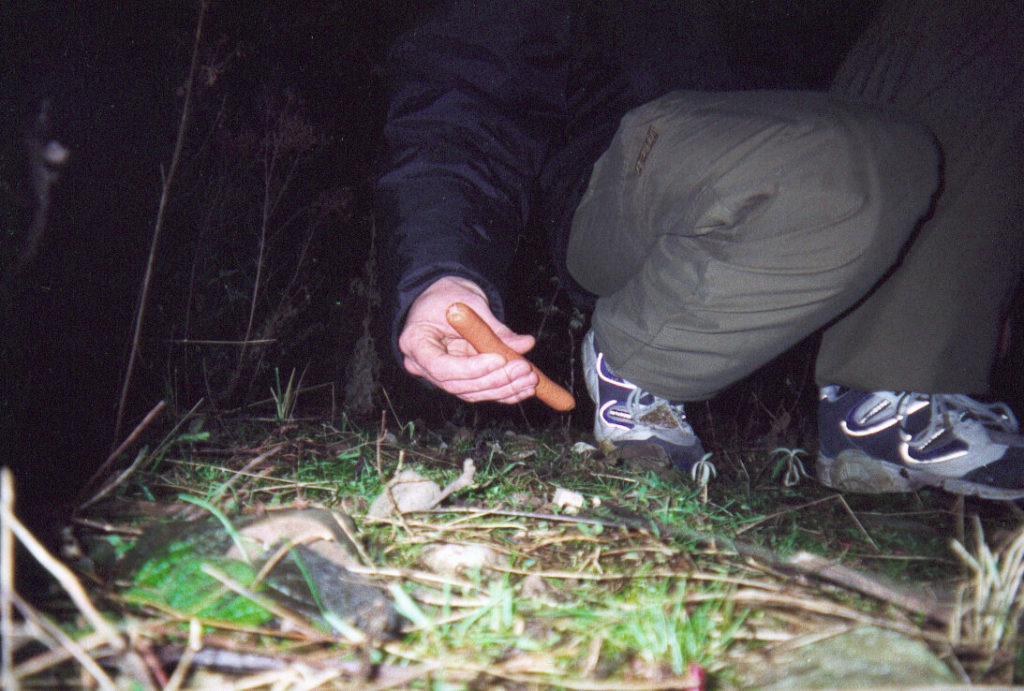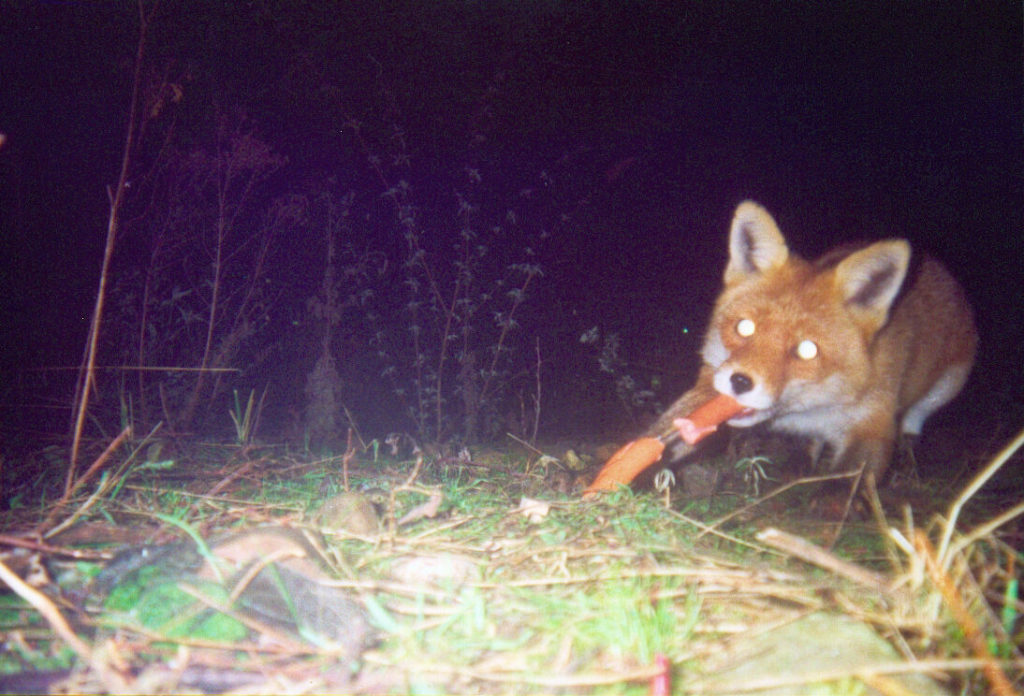Like a Fox in the City

An increasing number of wild animals are living in our cities. The diversity of species in urban agglomerations is even greater than in the areas surrounding them. The photographic series by artist Tue Greenfort propels this coexistence of human and fox into plain sight. He points out that the abundant and growing diversity of animal life in cities confronts us with new challenges—because not everyone is happy about this cohabitation. As a result, planning faces significant challenges. It must not only take increasing and more comprehensive care of the diverse needs and desires of different people but also those creatures with no voices of their own in urban development processes.


